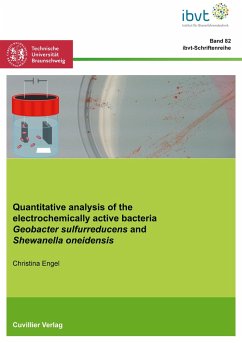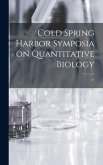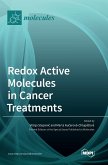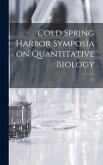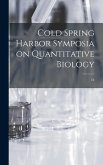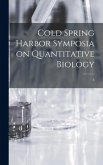Electrochemically active bacteria are important biocatalysts in bioelectrochemical systems. This work investigated the long-term behaviour of an electrochemical defined mixed culture of Geobacter sulfurreducens and Shewanella oneidensis, and the influence of the set anode potential on this defined mixed culture. Further, G. sulfurreducens was investigated non-electrochemically in pure culture to elucidate how this bacterium accomplishes oxygen reduction. Planktonic S. oneidensis cells were found to be beneficial for current production and biofilm growth of G. sulfurreducens in a microbial electrolysis cell. However, upon removal of planktonic cells, these benefits could not be maintained as S. oneidensis was not incorporated sufficiently into the G. sulfurreducens-based biofilm. In terms of the applied anode potential, 0.2 VAg/AgCl as well as 0.2 VAg/AgCl were found to be best. At 0.2 VAg/AgCl the highest current density was achieved while at -0.2 VAg/AgCl the highest current production in relation to biofilm thickness was observed. G. sulfurreducens was found to reduce oxygen in non-electrochemical pure cultures at a maximum specific oxygen uptake rate of 95 ± 11 mgO2 gCDW-1 h-1. The expression of the gene for the cytochrome bd menaquinol oxidase was found to be upregulated under microaerobic conditions, indicating this enzyme to be responsible for oxygen reduction.
Hinweis: Dieser Artikel kann nur an eine deutsche Lieferadresse ausgeliefert werden.
Hinweis: Dieser Artikel kann nur an eine deutsche Lieferadresse ausgeliefert werden.

